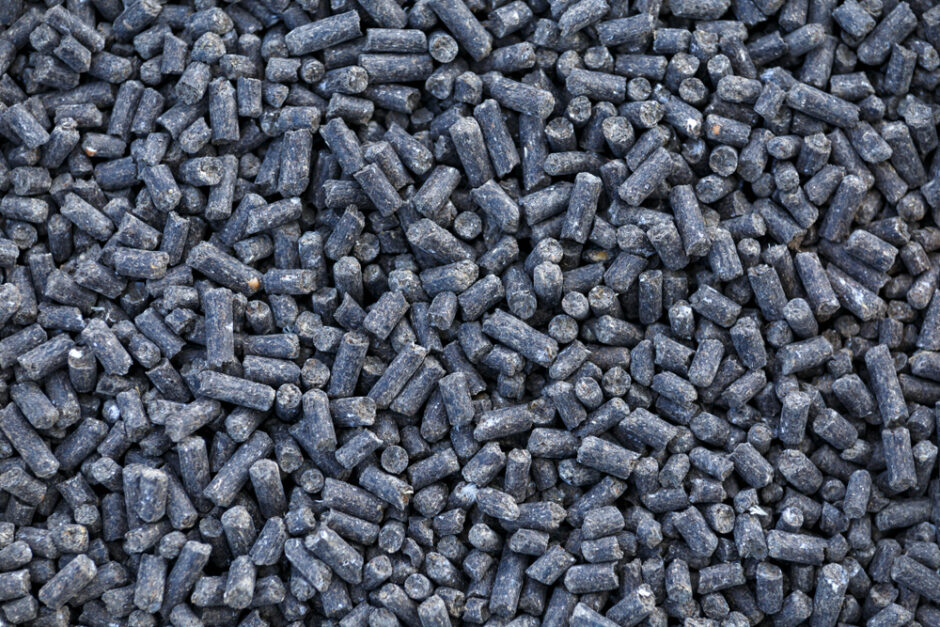Fertilizer – What to Look For
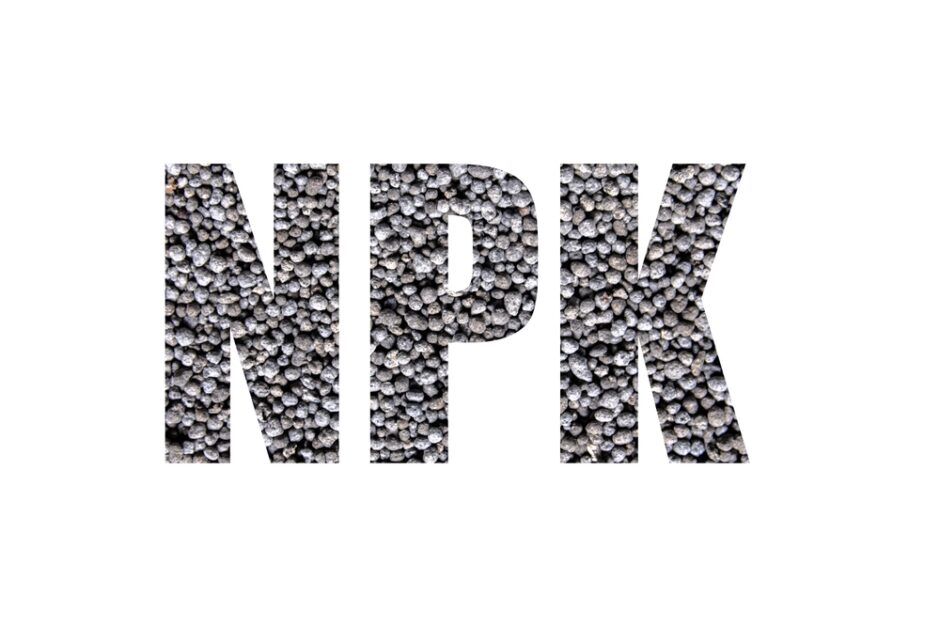
Inorganic Fertilizer
So what are we looking to get from a general fertilizer?
Firstly, whether it is an inorganic fertilizer or an organic one.
” You need to whack a bit of fertilizer on that …” a statement that may or may not be true. However, fertilizers vary enormously in their make up. Without some knowledge, putting the wrong one on can at best be completely ineffective, and at worst kill the plants you want to help. So before going out to buy a fertilizer, consider first of all what it is that you want it to achieve.
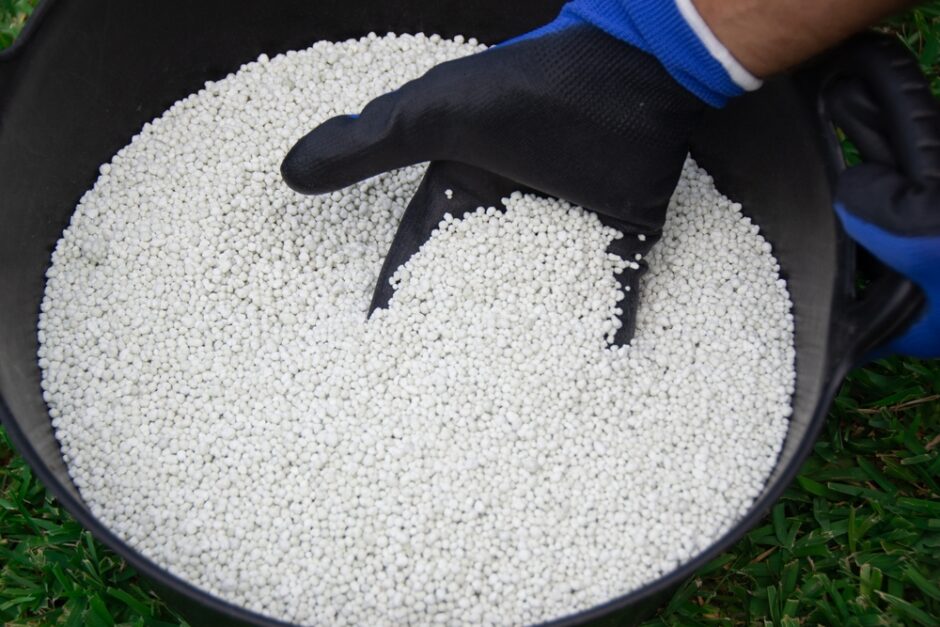
Artificial or Inorganic Fertilizers
The point of a fertilizer is to supply extra nutrients for the plant to use. These comprise in general terms of Nitrogen for leafy plants and to ‘green’ things up, Phosphorous to improve root formation and therefore nutrient and water uptake, and Phosphate to encourage and support better flowering. These should be displayed on a container as percentages of N, P and K in this fashion ….. 10-10-10. This represents 10% Nitrogen, 10% Phosphate and 10% Potash. This picture shows what an average granular fertilizer looks like. 10% of all nutrients obviously therefore gives the same values of each and a general fertilizer might be OK for an initial addition during the season. However the three different ingredients that make up a fertilizer benefit different plant requirements, and therefore might not be appropriate at that dosage in some situations.
And as good as all of that might sound, by and large you will find that there is nothing in an inorganic fertilizer that will improve the health of the soil. Fertility in the form of available nutrients does not equate to soil health. A healthy soil will above all else have a good structure which is provided by the ‘creatures’ that live in the soil. Inorganic fertilizers have nothing within them that will do that, so as many farmers have discovered to their peril, the structure in their soil has deteriorated, and in extreme cases has simply blown away like dust.
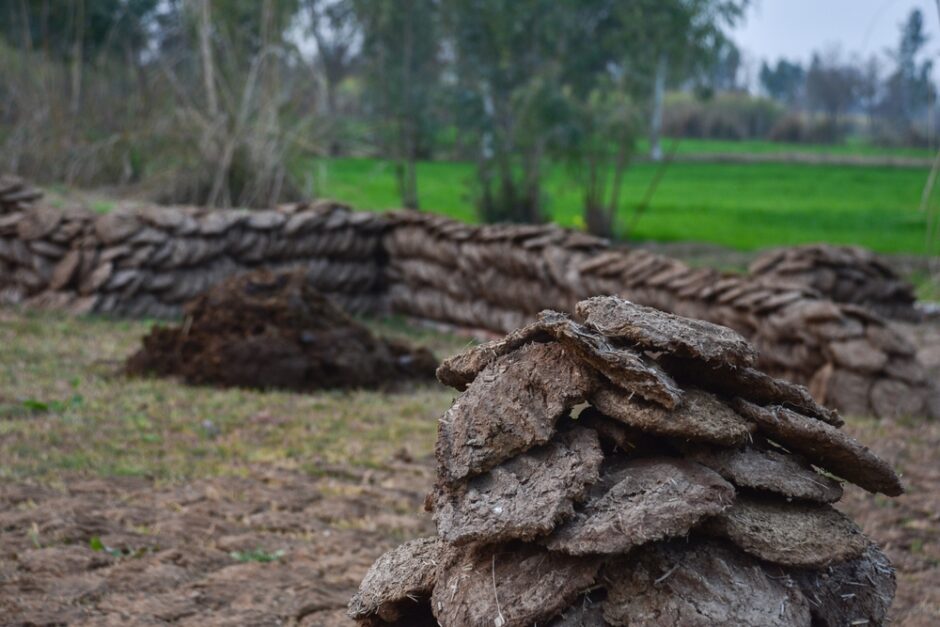
Natural Fertilizer – in this case Cow
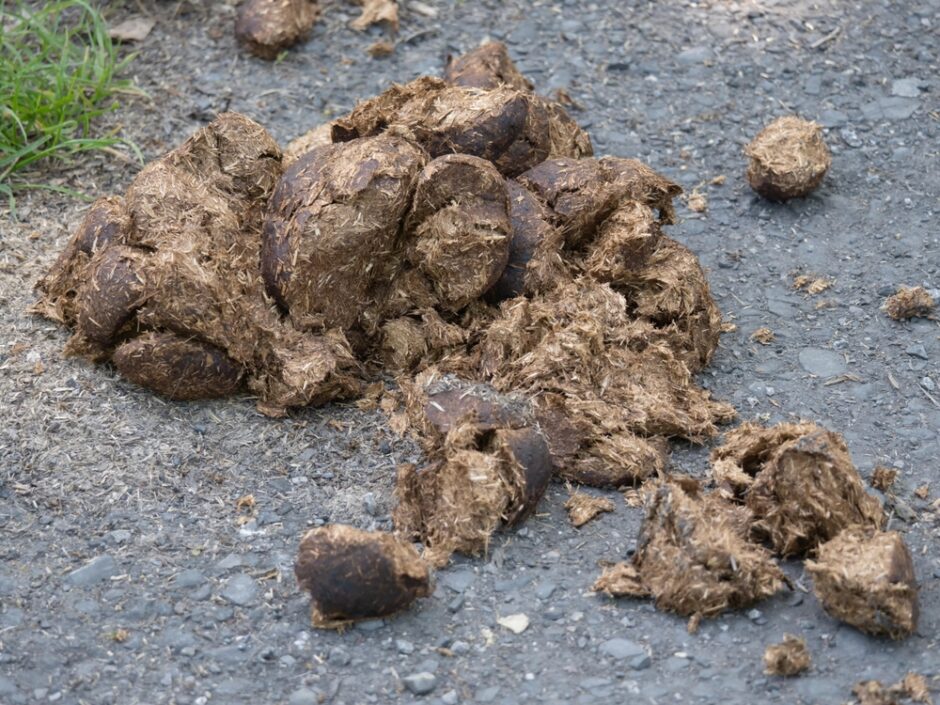
Horse Manure
